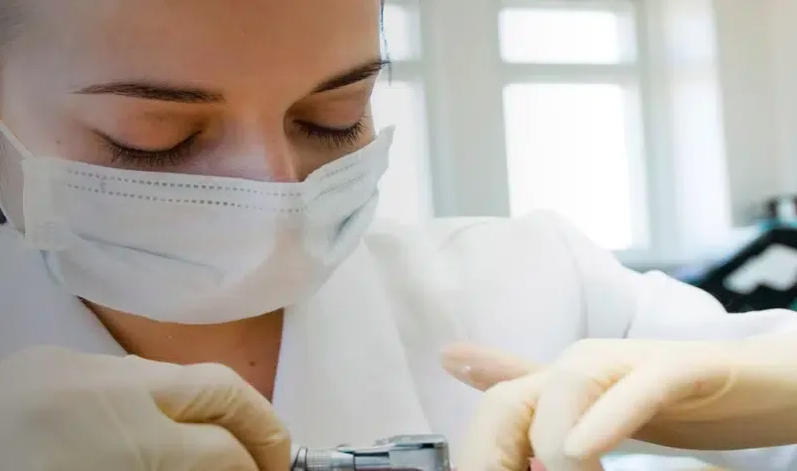Medical and Pharmacology | Human diseases and medical and dental emergencies | Musculoskeletal problems in the dental patient



Musculoskeletal problems in the dental patient
Session overview
Description
This session describes the aetiology, presentation and management of common musculoskeletal disorders along with the impact they may have on the dental patient.
Learning objectives
By the end of this session you will be able to:
- identify patients with musculoskeletal problems
- discuss the pathology of important musculoskeletal disorders
- propose dental care appropriate to the common musculoskeletal disorders
- recognise and manage complications of dental health which can arise in patients with musculoskeletal problems
Prerequisites
Before commencing this session you should:
- be familiar with the range of musculoskeletal disorders which are common in the dental patient population
- have an understanding of the role pharmacology has in the management of these disorders
- be capable of performing a general inspection and appropriate examination of your patient population
Dental practitioners are guaranteed to treat patients with musculoskeletal (MSK) disorders, as they account for almost 1 out of 6 of all appointments to the general medical practitioner.
The most common presentation is with pain, stiffness and swelling.
Problems can be:
- in 1 or multiple joints
- external to the joint (muscles and tendons)
- inside the joint (arthropathy or inflammation)
Please note that 2 common MSK disorders: rheumatoid arthritis and systemic lupus erythematosus (SLE) are covered in detail in the Rheumatoid arthritis, SLE and Sjögren’s presentation in the dental patient (141-01014) session in Module 2. They will therefore not be discussed in detail in this session.
- Oral Health | Clinical and Risk Asessment | Select...
- Posted By eIntegrity Healthcare e-Learning
- Posted Date: 2024-11-24
- Location:Online
- This session identifies the guidelines that support dentists in the selection of the most appropriate dental radiograph. It further explains how dentists incorporate the guidelines into dental practice.
- Oral Health | Clinical and Risk Asessment | Reflec...
- Posted By eIntegrity Healthcare e-Learning
- Posted Date: 2024-11-24
- Location:Online
- This session describes the principles and techniques of reflective practice, and how to incorporate them into everyday primary or secondary care clinical practice.
- Oral Health | Clinical and Risk Asessment | Princi...
- Posted By eIntegrity Healthcare e-Learning
- Posted Date: 2024-11-24
- Location:Online
- This session provides a framework that underpins the approach to preventative measures. It outlines the issues that need to be considered when determining how best to provide effective and efficient care.
- Oral Health | Clinical and Risk Asessment | Princi...
- Posted By eIntegrity Healthcare e-Learning
- Posted Date: 2024-11-24
- Location:Online
- Treatment planning is built on the foundation of history, examination, special tests and diagnosis. Only a thorough approach to these can lead to a successful treatment plan.
- Oral Health | Clinical and Risk Asessment | Perfor...
- Posted By eIntegrity Healthcare e-Learning
- Posted Date: 2024-11-24
- Location:Online
- This session describes the processes for performing extra-oral and facial examinations, and the reasons for carrying them out.
